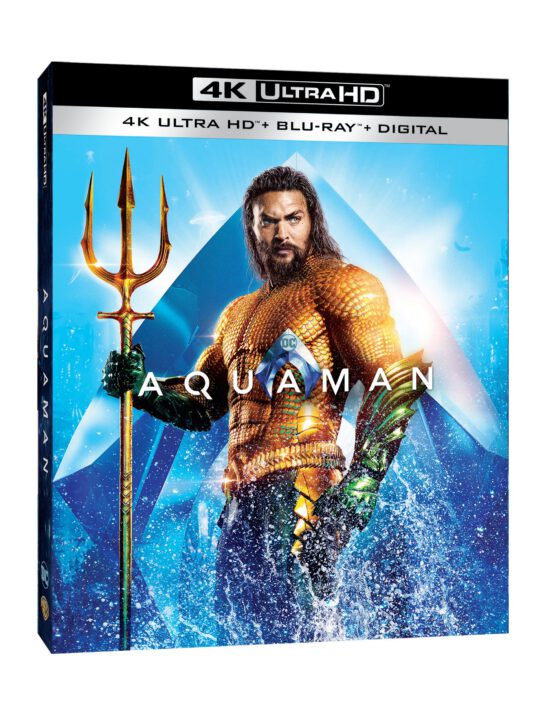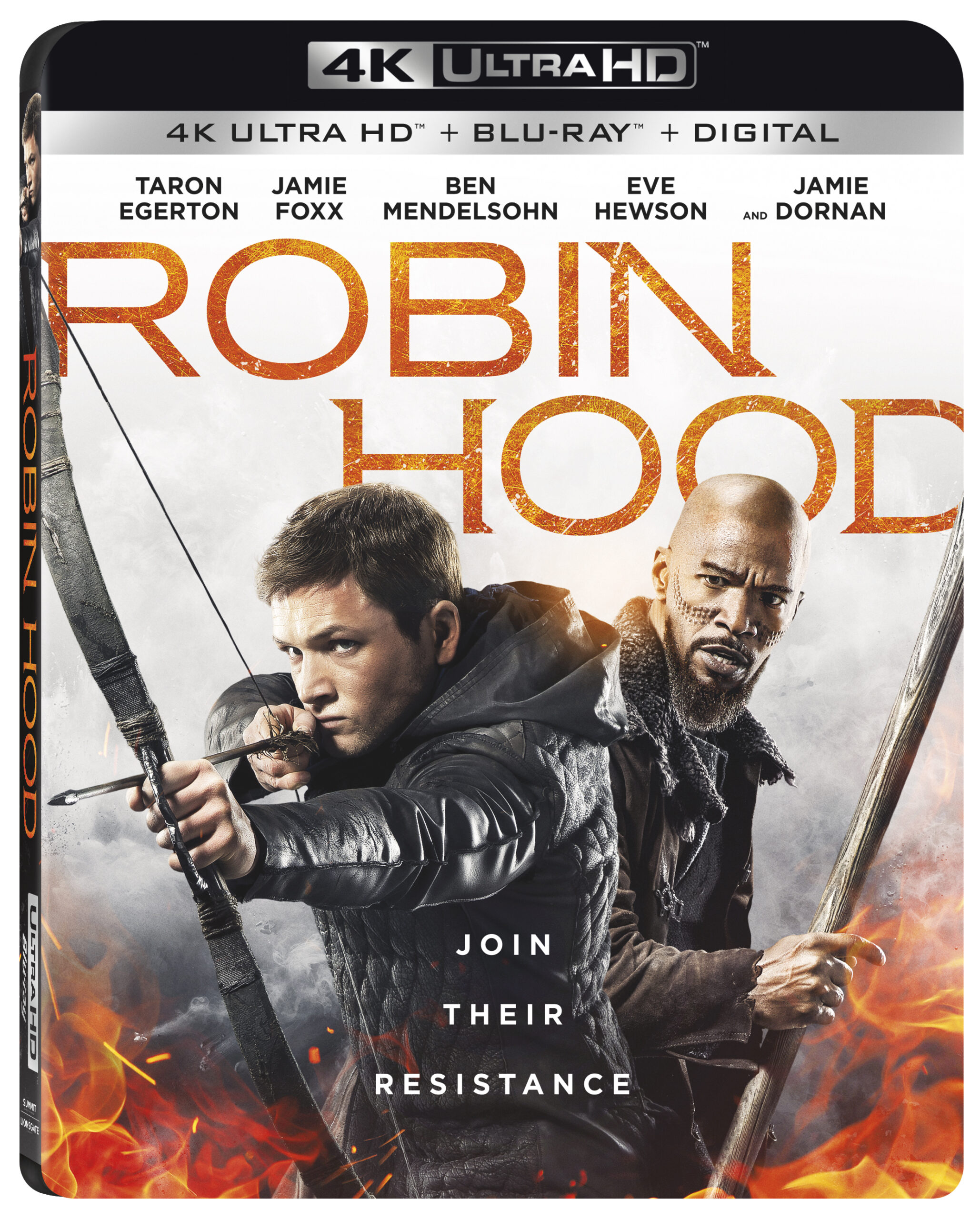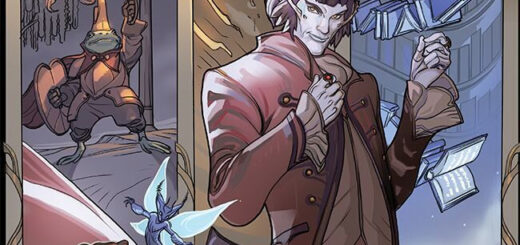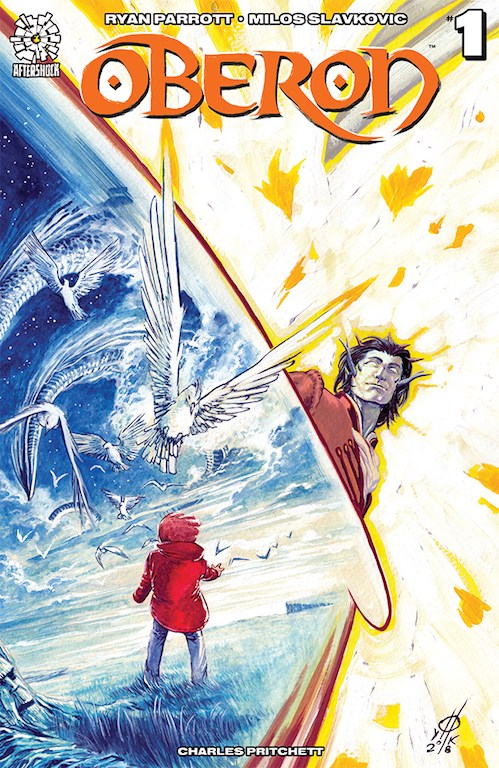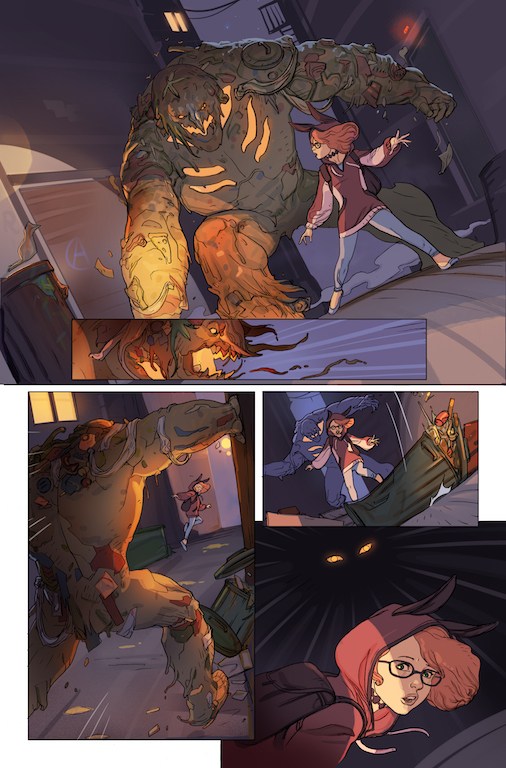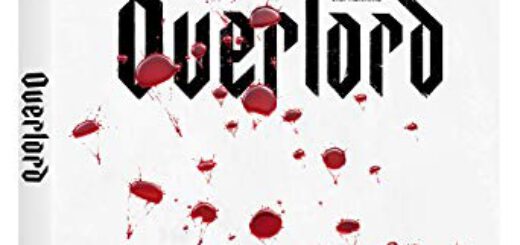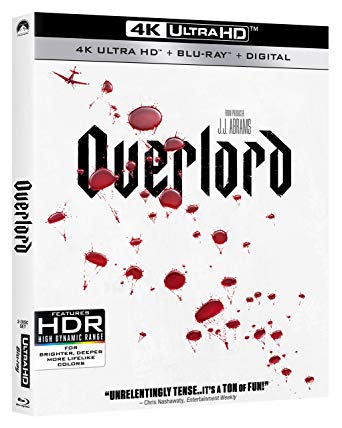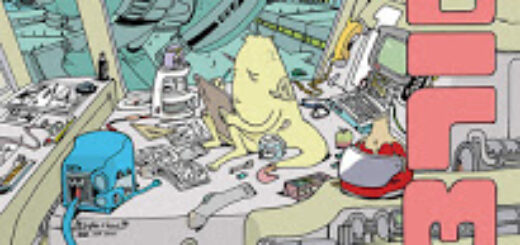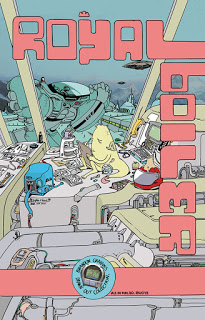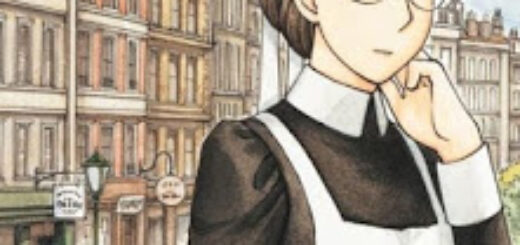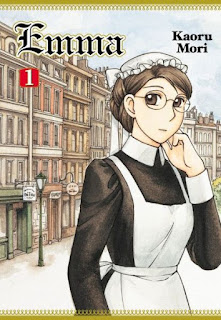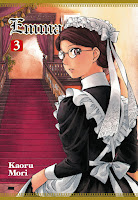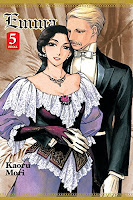REVIEW: Apocalypse Taco
Apocalypse Taco
By Nathan Hale
128 pages, Amulet Books, $14.99

Nathan Hale is a popular, creative graphic novelist, bouncing between historic tales and original stories. This is the latter and while the theme of science gone wild is a good one, along with being responsible with your experiments, there is so much that doesn’t plausibly work that the fantastic elements fail to engage the imagination.
Let’s start with the fact that a high school production of Brigadoon is so far behind schedule a parent willingly remains with the entire crew to finish the sets in an overnight marathon (permission slips included). That’s irresponsible on the parent’s part as well as the school’s.
At 1:30 in the morning, she sends her 11-year-old twins Axl and Ivan out with Sid to go get the crew food. While out, things get weird. Strange creepy crawlies begin appearing out of nowhere and there’s a Taco Bear drive-thru where there previously wasn’t one.
Creatures, both vaguely familiar and terrifyingly unique, emerge and threaten the trio. Apparently, they are the only ones still unaffected by whatever is ailing their city and run screaming from point to point. It’s not until we’re halfway through the book that they meet multi-armed Wendy who finally explains what is happening.
We get flashbacks and flashbacks within flashbacks and there’s some interesting underlying issues emerging, but no way does a college kid have the ability to access tools to build the nanotechnology behind the grotesque threat, but being able to perform his experiments unchecked. There are ethical issues raised, which is good, and a distinct lack of smart decisions made by adults, which is a bad message in a middle school graphic novel.
There’s more running, screaming, transformations, and threats which Hale briskly paces, using a black, white, and tones of orange to create an interesting mood. But really, there’s not enough content here to sustain 128 pages. While there are some witty lines of dialogue, our trio of protagonists are fairly underdeveloped.
If you’re a fan of Hale, then try it. Otherwise, there are far better choices out there.




